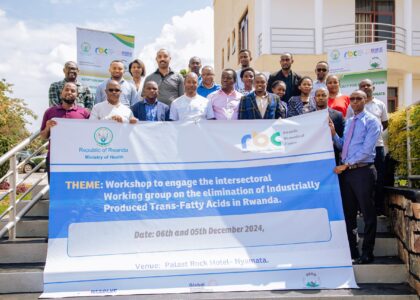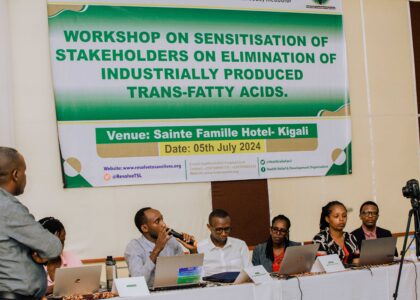In a world where food is more available than ever, it might be surprising to learn that malnutrition remains one of the greatest global health challenges. Even more complex is the “Double Burden of Malnutrition” (DBM) — a condition where undernutrition and overnutrition exist side by side in the same population, community, household, or even the same individual.
Let’s dive into what it means, why it matters, and what we can do about it.
❓ What is the Double Burden of Malnutrition?
The Double Burden of Malnutrition refers to the coexistence of both undernutrition (like stunting, wasting, and micronutrient deficiencies) and overnutrition (such as overweight, obesity, and diet-related non-communicable diseases like diabetes and heart disease).
💡 Example: A child may be stunted (short for their age due to poor nutrition in early life), but also overweight due to a diet high in processed foods and sugary drinks.
🌍 Where is this Happening?
This is not just a problem in high-income countries. It is especially evident in low- and middle-income countries (LMICs), where rapid urbanization and changes in dietary patterns are contributing to both forms of malnutrition:
- Rural areas still face high levels of undernutrition, especially in children under 5.
- Urban areas are seeing rising obesity rates due to fast food, sedentary lifestyles, and poor dietary choices.
⚠️ Why is it a Problem?
- Health risks: People facing both undernutrition and overnutrition have higher chances of developing chronic diseases early in life.
- Economic burden: Malnutrition affects school performance, productivity, and healthcare costs.
- Intergenerational cycle: Poor maternal nutrition can lead to undernourished babies who grow up prone to obesity and NCDs.
🧬 Causes of the Double Burden
- Poor infant feeding practices
- Inadequate access to nutritious foods
- High consumption of ultra-processed foods
- Low physical activity
- Nutrition transition: Shift from traditional diets to high-fat, high-sugar diets
💪 What Can Be Done?
🏥 At the Individual Level:
- Choose balanced meals rich in vegetables, fruits, whole grains, and lean proteins.
- Avoid excessive intake of processed foods, sugars, and unhealthy fats.
- Engage in regular physical activity.
👩⚕️ At the Community Level:
- Nutrition education and awareness campaigns
- Support maternal and child nutrition programs
- Promote exclusive breastfeeding and timely complementary feeding
🏛️ At the Policy Level:
- Regulate marketing of unhealthy foods to children
- Fortify foods with essential micronutrients
- Integrate nutrition into health, education, and agriculture sectors
🧠 Final Thoughts
The double burden of malnutrition reflects the complexity of our global food system and health environment. Solving it requires multi-sectoral action—from individuals to governments and NGOs. At Amazon Nutrition Cabinet, we are committed to helping our community build awareness, make healthier choices, and advocate for better nutrition policies.
Let’s work together to build a stronger, nourished generation—free from all forms of malnutrition.
📣 Stay Tuned!
Follow our blog and social media for more tips, nutrition facts, and wellness programs that support a healthier Rwanda!



